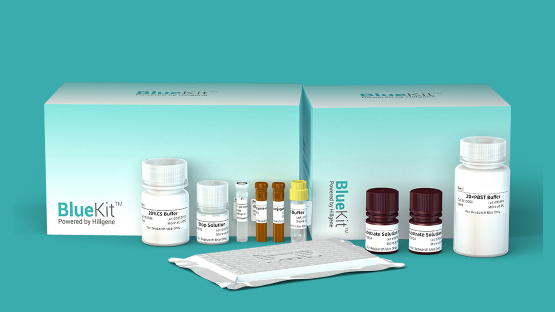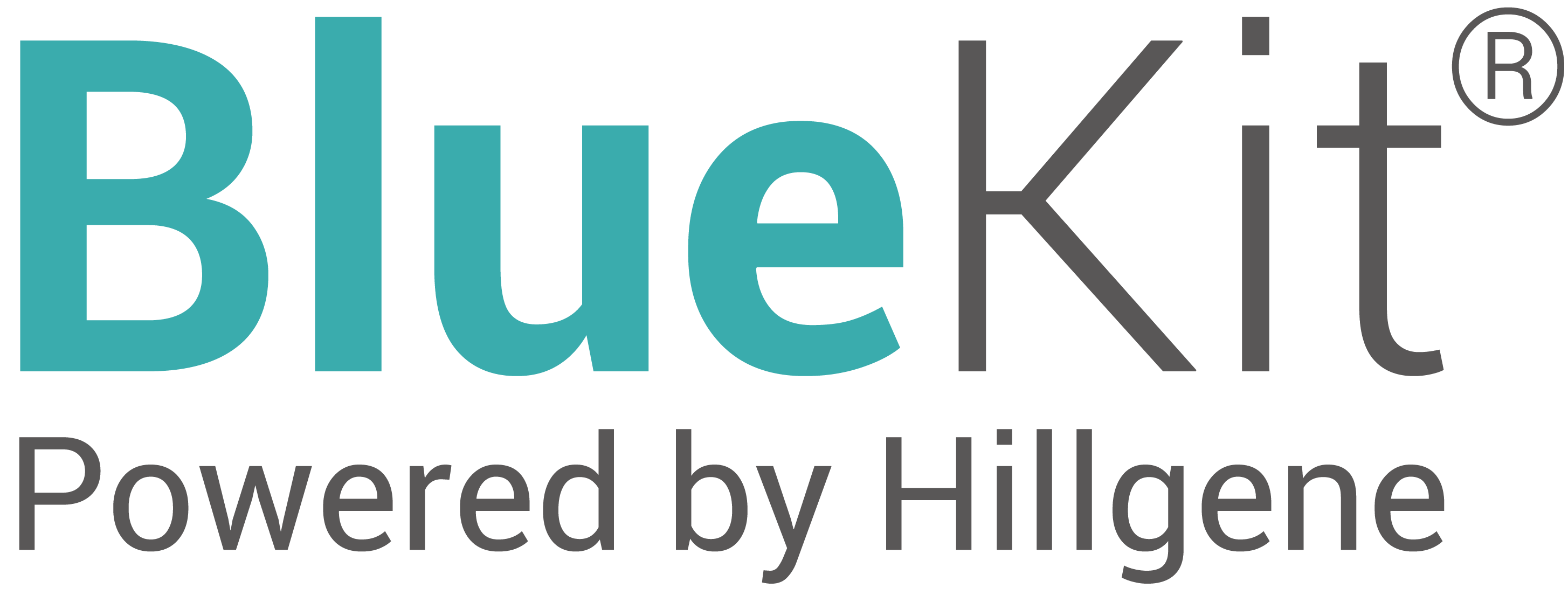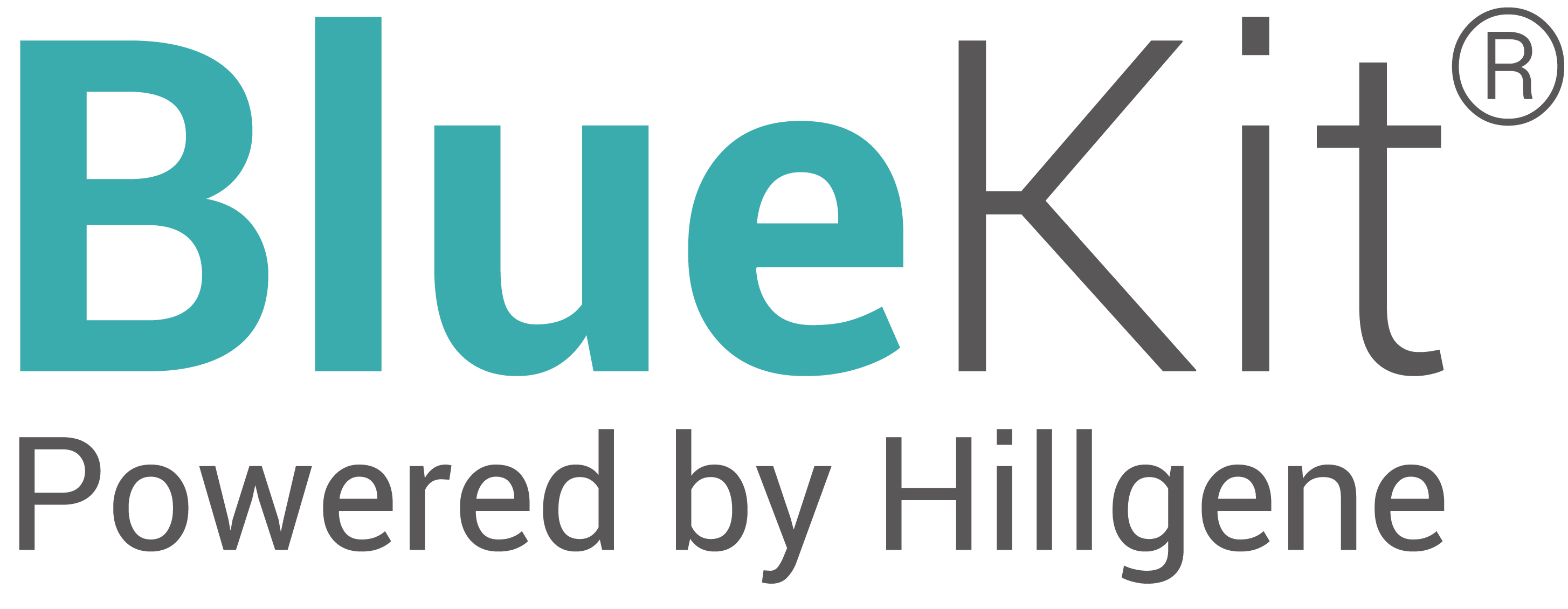Introduction to BCA Protein Assay
The BCA (Bicinchoninic Acid) protein assay is an essential analytical technique in the realm of biochemical research and cell therapy. It facilitates the quantification of total protein concentration in a sample. This method operates on the principle of protein-copper chelation, followed by the colorimetric detection of reduced copper ions. Its popularity stems from its broad applicability across numerous protein samples, including those with additives such as surfactants, making it a preferred choice for both manufacturers and suppliers in the field.
Compatibility with Detergents
Handling Complex Samples
One of the notable advantages of the BCA protein assay is its compatibility with detergents. Unlike many other protein quantification methods, the BCA assay can accommodate up to 5% surfactants within a sample. This feature is particularly beneficial for researchers and manufacturers dealing with complex samples, where detergents are often used to solubilize proteins. For cell therapy applications, this compatibility ensures that protein quantification remains accurate despite the presence of these interfering substances.
Performance in Challenging Conditions
The BCA assay provides reliable results even in challenging experimental conditions. Its robustness against variations in protein composition, like amino acid sequence differences and side chains, reduces protein-to-protein variability. This uniformity is vital for suppliers who need consistent and reproducible results to maintain high-quality standards in protein assays.
Reduced Setup Time
Efficiency with Dilution-Free Standards
The introduction of Dilution-Free protein standards in the BCA assay kit significantly reduces assay setup time by up to 80%. These prediluted standards are designed for seamless integration with multichannel pipettes, allowing researchers and manufacturers to expedite the assay process without compromising accuracy. For cell therapy applications, where time-sensitive experiments are common, this efficiency is invaluable.
Simplified Workflow
This streamlined approach minimizes the need for manual dilution steps, which are not only time-consuming but also prone to errors. By eliminating these steps, the BCA assay facilitates a quicker turnaround, allowing suppliers to meet tight delivery schedules and enhance productivity in laboratory settings.
Enhanced Protein Uniformity
Accurate Measurement Across Protein Types
The BCA protein assay exhibits a more uniform response to different proteins compared to dye-binding assays like the Bradford method. This uniformity is achieved by reacting proportionally to the number of peptide bonds, minimizing the assay's sensitivity to differences in protein structures. For manufacturers involved in producing cell therapeutics, this ensures accurate measurement across various protein formulations, boosting confidence in assay results.
Improved Assay Consistency
By providing consistent results regardless of protein diversity, the BCA assay is invaluable for suppliers requiring precise quantification for quality control and product standardization. This consistency translates to more reliable data, essential for advancing research in cell therapy and related fields.
Sensitivity and Detection Range
High Sensitivity for Low Concentrations
The BCA assay offers a high level of sensitivity, capable of detecting protein concentrations as low as 0.5 µg/mL, and maintains linearity up to 1.5 mg/mL. This broad dynamic range makes it suitable for a variety of applications, from basic research to advanced therapeutic development. Such sensitivity is critical when dealing with minute quantities of proteins in cell therapy and pharmacological research.
Optimal Detection Parameters
The colorimetric detection at 562 nm ensures minimal signal loss (less than 10%), allowing manufacturers and suppliers to achieve precise quantification. This accuracy is crucial for developing effective cell therapy products, where precise protein concentration can directly impact therapeutic efficacy.
Ease of Use in Assay Procedures
Streamlined Procedures
The BCA assay features simplified procedures, beneficial for both new users and seasoned professionals. The ready-to-use reagents and straightforward protocol reduce potential errors, making it accessible to a broader audience, including manufacturers and suppliers new to protein quantitation methods.
User-Friendly Design
Designed with ease of use in mind, the BCA assay minimizes technical hurdles, facilitating easier training and faster adoption within laboratory settings. This accessibility helps streamline operations for suppliers who need to maintain high throughput without compromising accuracy.
Accuracy and Consistency
Reliable Results Across Experiments
The BCA assay delivers reliable results, characterized by low protein-to-protein variation. This consistency is crucial for experiments requiring repeated measurements over time, such as those in cell therapy, where accurate protein quantification is paramount for reproducibility and validation of results.
Standardization and Calibration
Standardization against purified BSA from the National Institute of Standards and Technology (NIST) ensures that the BCA assay provides accurate and reproducible standard curves. This calibration is essential for manufacturers and suppliers aiming to deliver high-quality, standardized products.
Technical Aspects of BCA Method
Biochemical Mechanism
The BCA method is based on the reduction of Cu2+ to Cu+ by proteins in an alkaline medium, followed by the formation of a purple complex with BCA, which serves as the colorimetric indicator. This two-step reaction provides a reliable basis for protein quantification, applicable in various research and industrial contexts, including cell therapy product development.
Advantages Over Other Assays
Compared to methods like the Bradford assay, the BCA method offers greater versatility due to its broader compatibility with interfering substances and its consistent performance across different protein types. This makes it a preferred choice for manufacturers and suppliers who require adaptable and reliable protein quantification solutions.
Comparison with Bradford Assay
Key Differences in Methodology
While both the BCA and Bradford assays are widely used for protein quantification, they differ fundamentally in their approaches. The Bradford assay relies on dye-protein binding, which can be less consistent across various protein types. In contrast, the BCA assay's peptide bond-based detection offers greater uniformity and reliability, particularly useful for manufacturers and suppliers focused on cell therapy and related sectors.
Advantages of the BCA Assay
The BCA assay's compatibility with detergents, broader dynamic range, and simplified workflow give it an edge for applications requiring these specific capabilities. Its versatility makes it suitable for a wider array of experimental settings, a critical factor for suppliers providing products for diverse research needs.
Conclusion and Recommendations
Why BCA is Preferred
The BCA protein assay stands out for its compatibility with detergents, reduced setup time, enhanced protein uniformity, and accuracy. These attributes make it highly suitable for applications in cell therapy, offering reliable and consistent results. For manufacturers and suppliers, the BCA assay provides a dependable method for ensuring high-quality protein quantification, essential for maintaining industry standards and supporting product development.
BlueKit Provide Solutions
BlueKit specializes in offering advanced solutions for the BCA protein assay, tailored to meet the specific needs of researchers, manufacturers, and suppliers. Our kits are designed for optimized performance, providing reliable and consistent protein quantification across a wide range of applications. With BlueKit, you can enhance your workflow efficiency and accuracy, ensuring you meet the highest standards in cell therapy research and product development. Let BlueKit be your trusted partner for all your protein assay needs.
User hot search: BCA Kit
Post time: 2025-09-17 20:14:05











